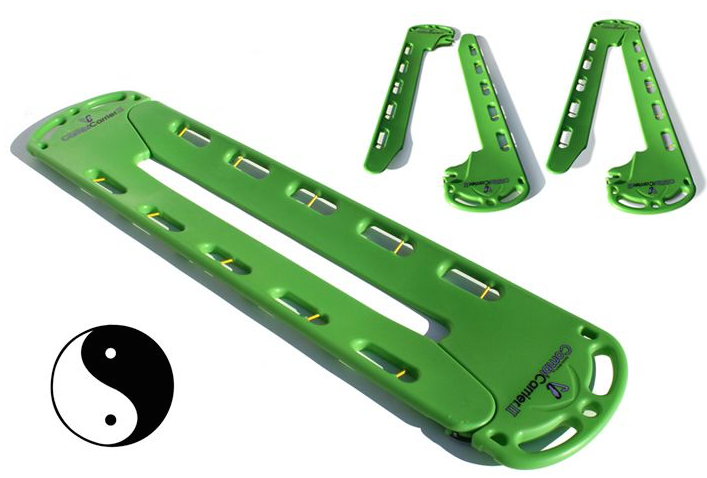cointosser13
Forum Crew Member
- 63
- 4
- 8
I know a lot of places are still into backboarding every patient that complains of back pain and/or neck pain even if the car was going 5 mph...like my agency. I also know many agencies are slowly pulling away from backboarding every patient. I have a wonderful OMD who’ll listen to us paramedics and get input. That being said I still have to come up to him with more than just a “hey can we not backboard every patient”. Can you guys help me build a good case and prove to him that we shouldn’t backboard every patient. If you don’t backboard every patient you come across after an accident, can I see what set protocols you have in place? My OMD is really into graphs, tests, articles and statistics. If you guys have links please share. If the research was proven/written by an MD that will help my case even better!

